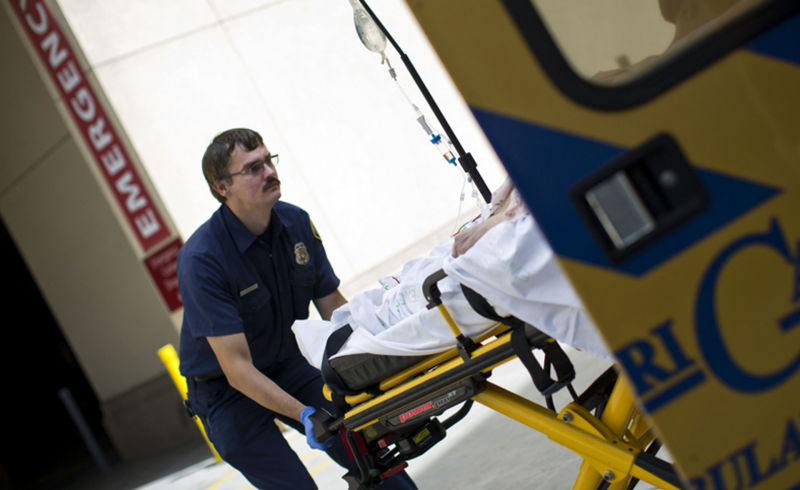The call comes in late on a recent afternoon: A 48-year-old woman is complaining of shortness of breath and a pain in her chest. Firefighters and paramedics from Santa Monica Fire Station Number One jump in their rig, navigating the traffic-filled city streets with sirens blaring and horn honking until they reach their destination several blocks away.
It’s a fairly routine case. Santa Monica’s first responders handle up to 40 medical 911 calls each day, says Capt. Matthew Hill, the Fire Department’s head of paramedic training.
In most instances — this call included — patients require follow-up care by emergency room doctors. But for others, it’s not necessary. And for them, some experts say, transport to an urgent care clinic may provide quicker care and a much smaller bill.
“For minor and non life-threatening types of problems, they really are a good option for the consumer,” says Baxter Larmon, a professor of medicine and director of UCLA’s Center for Prehospital Care.
